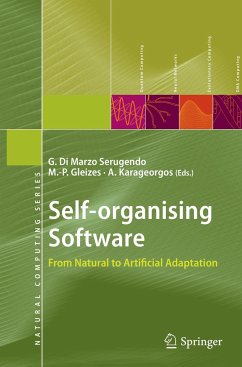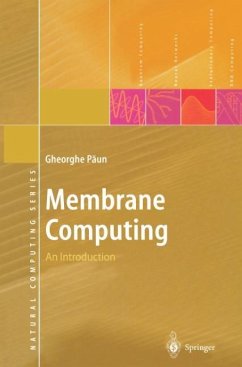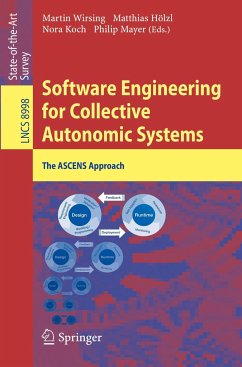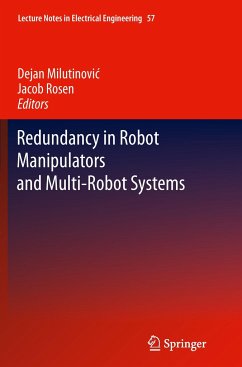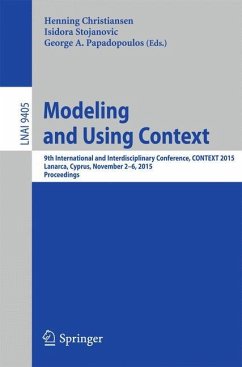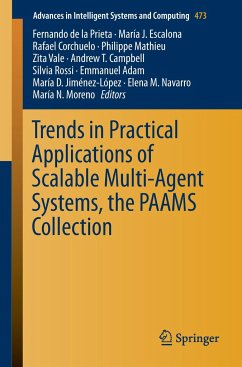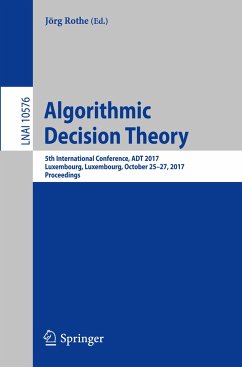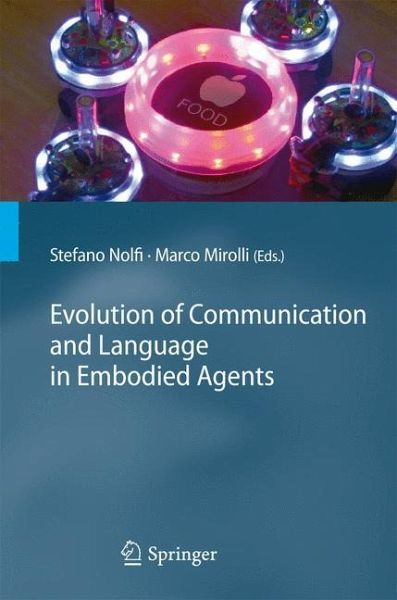
Evolution of Communication and Language in Embodied Agents
Versandkostenfrei!
Versandfertig in 6-10 Tagen
113,99 €
inkl. MwSt.

PAYBACK Punkte
57 °P sammeln!
This field of research examines how embodied and situated agents, such as robots, evolve language and thus communicate with each other. This book is a comprehensive survey of the research in this emerging field.The contributions explain the theoretical and methodological foundations of the field, and then illustrate the scientific and technological potentials and promising research directions. The book also provides descriptions of research experiments and related open software and hardware tools, allowing the reader to gain a practical knowledge of the topic.The book will be of interest to sc...
This field of research examines how embodied and situated agents, such as robots, evolve language and thus communicate with each other. This book is a comprehensive survey of the research in this emerging field.
The contributions explain the theoretical and methodological foundations of the field, and then illustrate the scientific and technological potentials and promising research directions. The book also provides descriptions of research experiments and related open software and hardware tools, allowing the reader to gain a practical knowledge of the topic.
The book will be of interest to scientists and undergraduate and graduate students in the areas of cognition, artificial life, artificial intelligence and linguistics.
The contributions explain the theoretical and methodological foundations of the field, and then illustrate the scientific and technological potentials and promising research directions. The book also provides descriptions of research experiments and related open software and hardware tools, allowing the reader to gain a practical knowledge of the topic.
The book will be of interest to scientists and undergraduate and graduate students in the areas of cognition, artificial life, artificial intelligence and linguistics.





